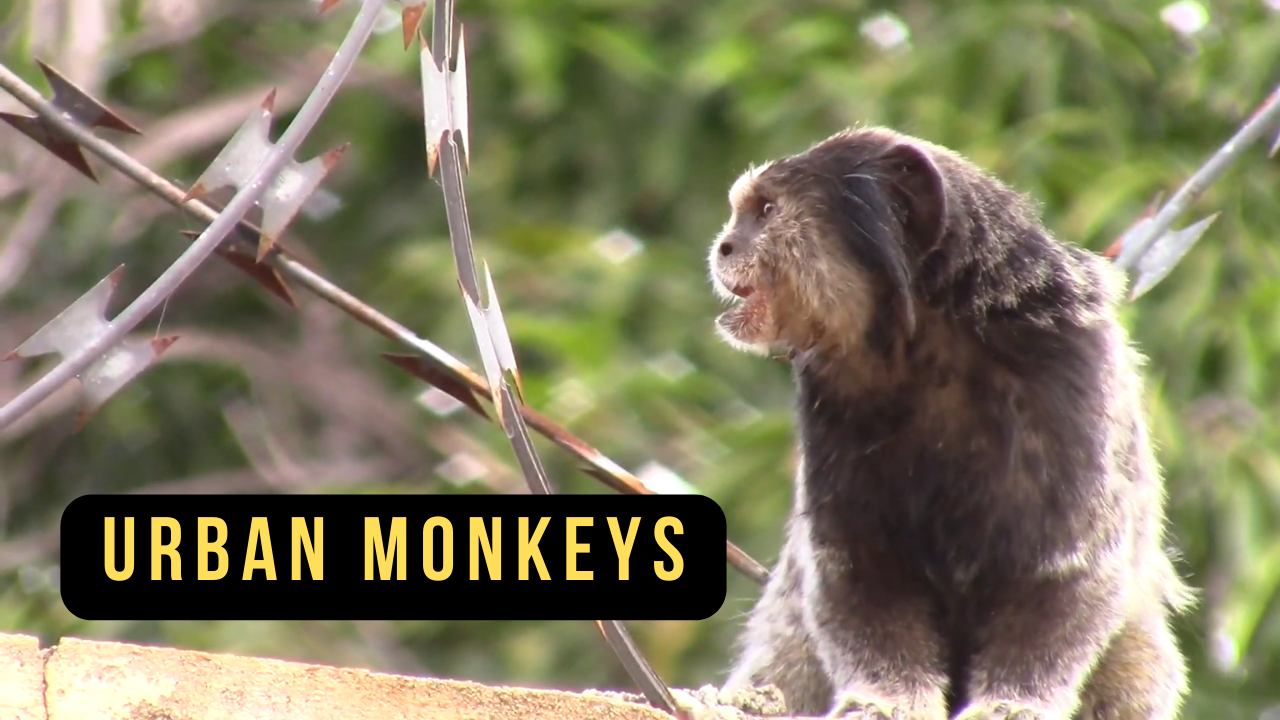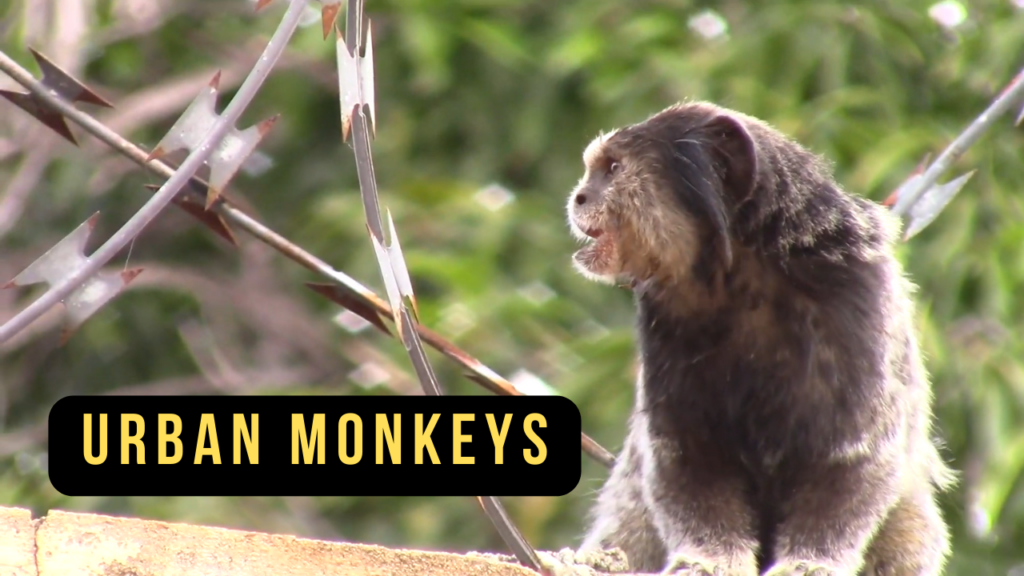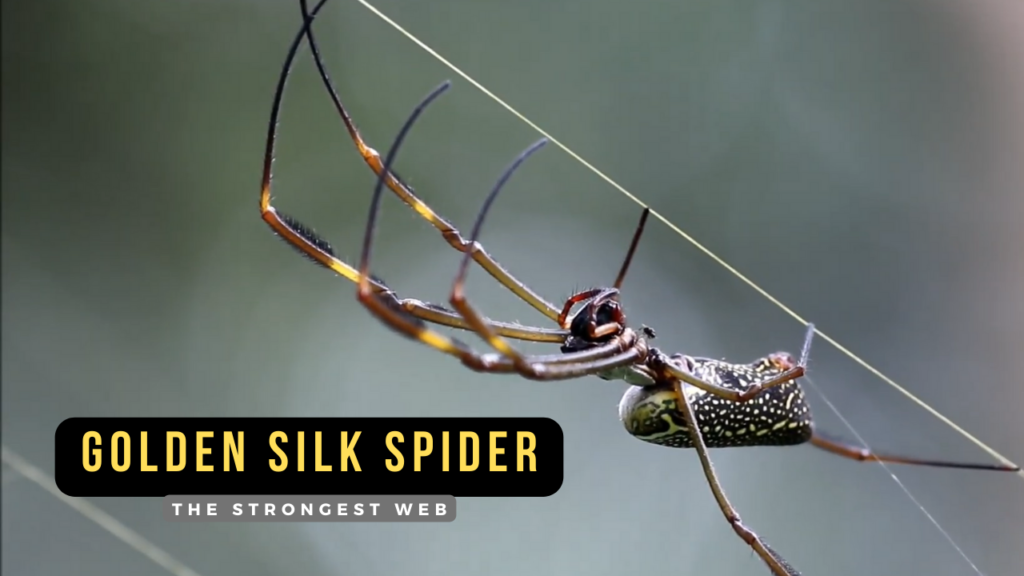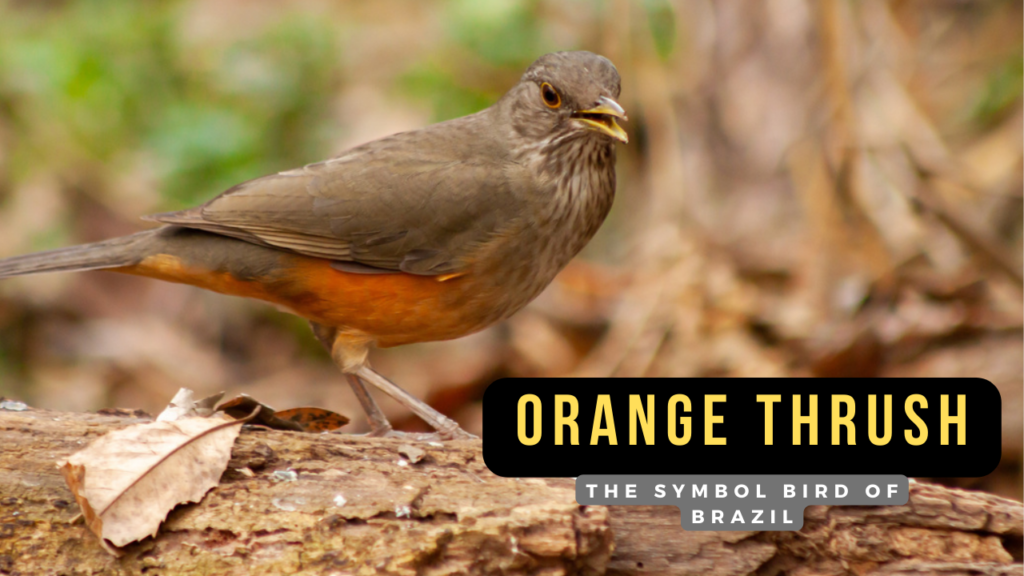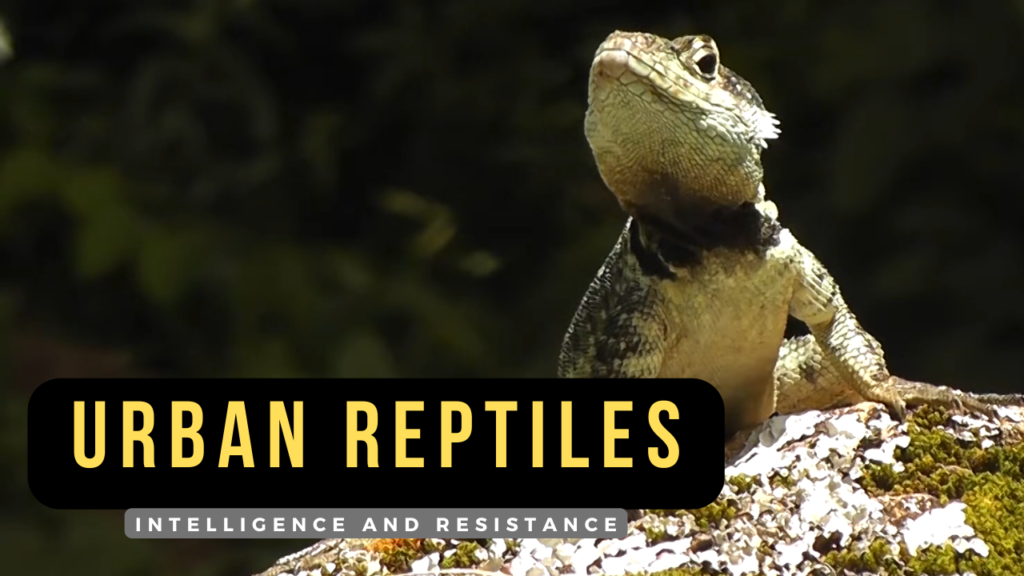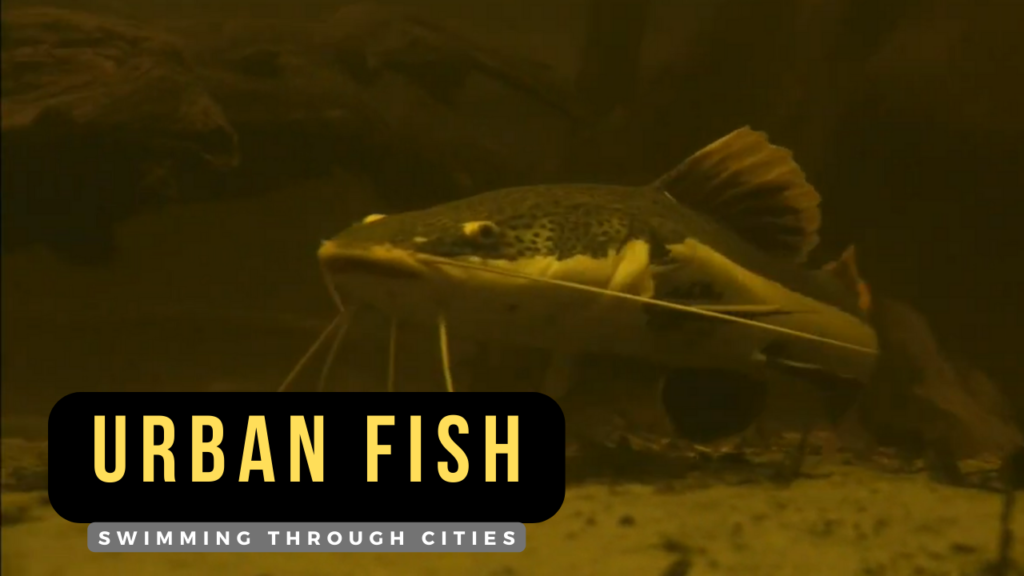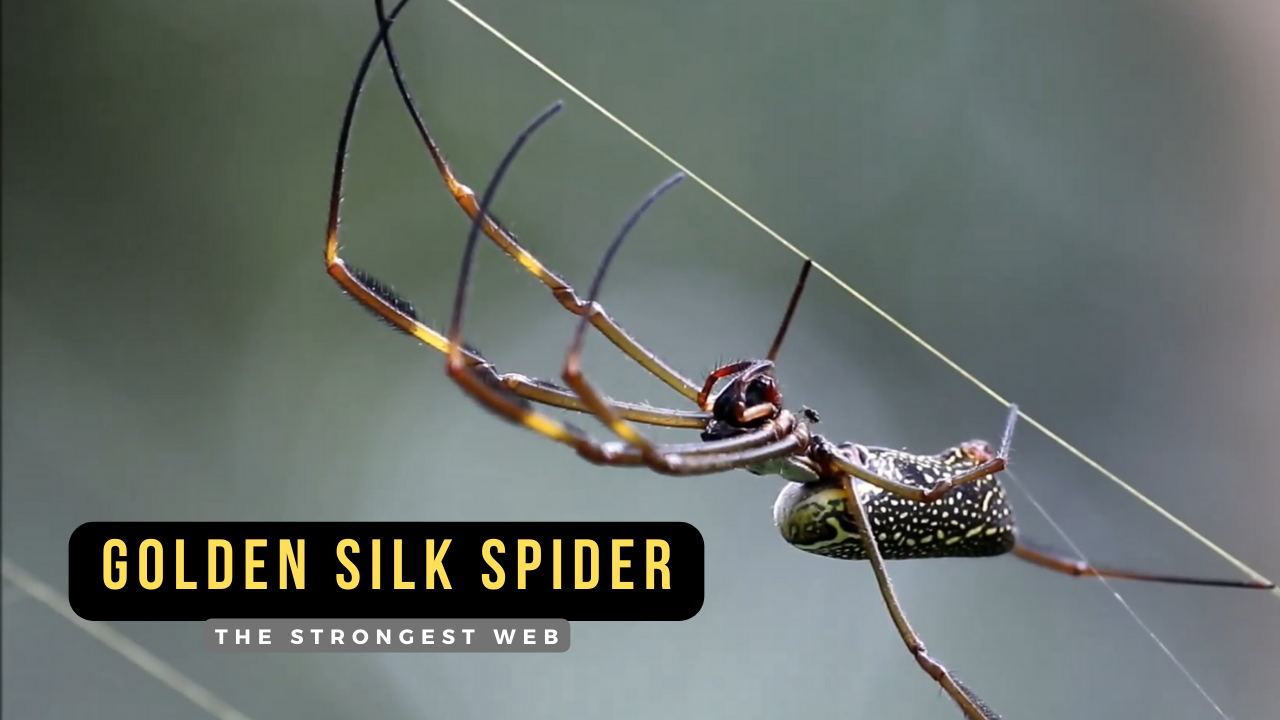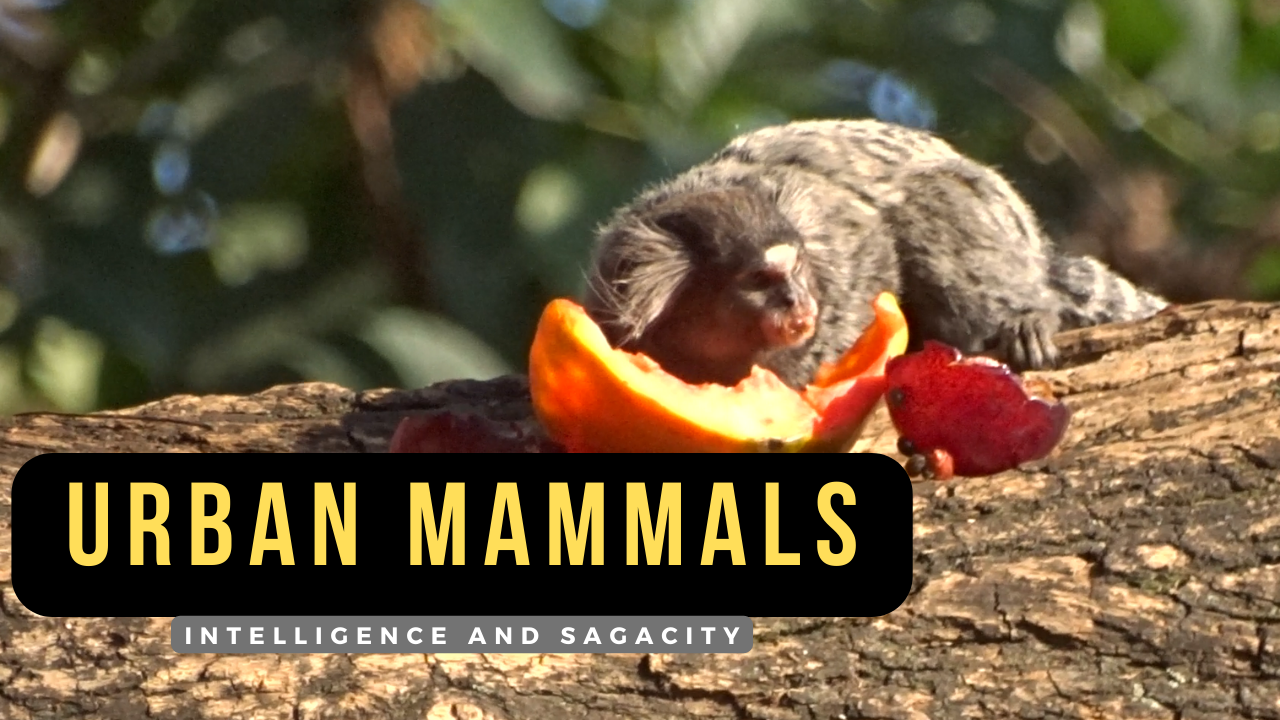Hello! You will learn about some of the species of urban monkeys that live in cities, whether in urban parks and squares or forest reserves. Stay with us and learn all about urban monkeys!
Do you think humans are the only primate species that live in urbanized cities? Depending on which country you live in, you might think so. But the answer can be completely opposite.

If you live in India or Thailand, for example, the chance that you have already seen monkeys in urban areas is very high, since some cities in the country are known to harbor monkeys, which often annoy the local population, stealing food and human objects.
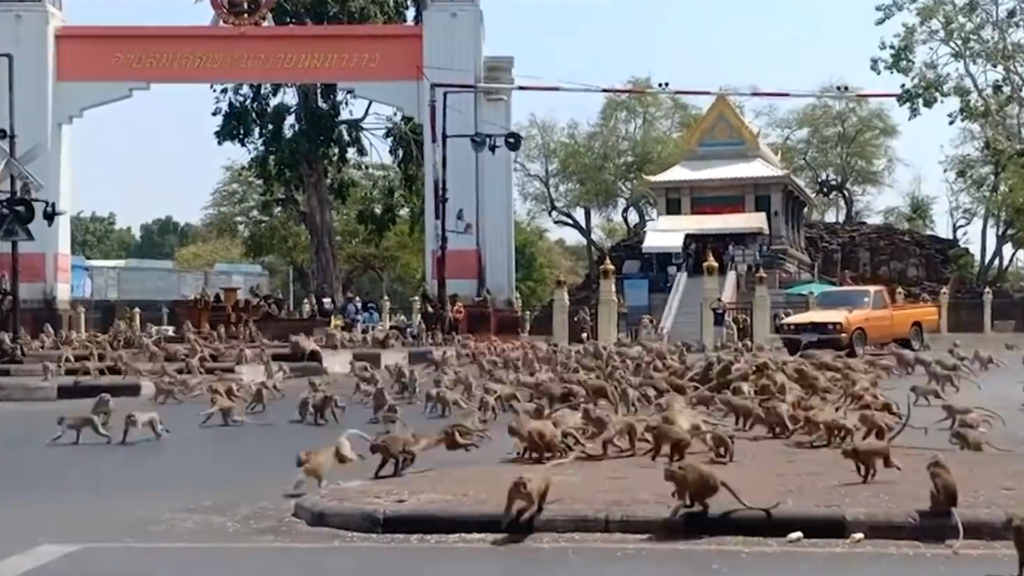
Leaving Asia and going to South America, specifically Brazil, which is the country with the greatest diversity of species on the planet, we can also find urban monkeys, but in smaller numbers and with a less offensive behavior.
In the city of Manaus, located in the heart of the Amazon region, it is possible to find monkeys that approach urban areas, either in search of food, or out of curiosity. The city, being very close to the Amazon Forest, makes encounters with wildlife more common and commonplace.
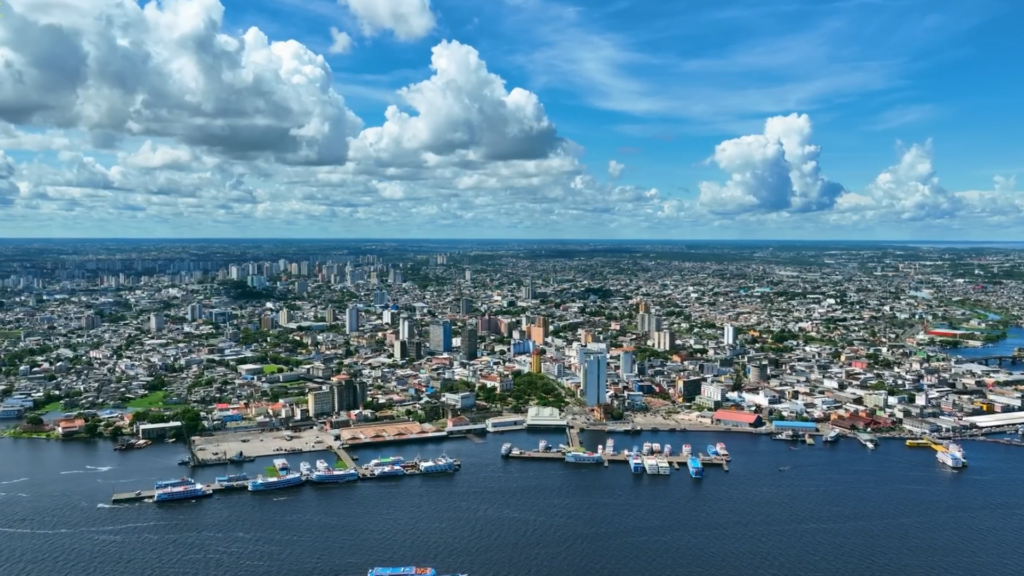
On the other side of the country, going to the biggest city in Latin America, São Paulo, maybe you can imagine that there are no monkeys living in the middle of urban areas. But there are.
Some regions of the city are home to different species of monkeys, which were introduced by humans, prospered and remained there. Urban parks are one of the main places where we can find them. This is because in the midst of cities, they play a very important role. It is in these parks that most of the native and planted trees are located, forming small groves and forests. And trees are the means of subsistence for a large part of the monkeys, mainly the Brazilian ones.
In Independence Park, located in the city of São Paulo, we can find a very friendly species of monkey. The star tamarin, also known as the black-tufted marmoset. Scientific name: Callithrix penicillata. This species was introduced in the region and remained there developing with the help of humans, who offer fruit to these friendly little monkeys. These animals live predominantly in the top of the trees and just go down to the ground to get some food that is available or to drink water. Despite being cute, they are very skittish and don’t usually get close to humans.
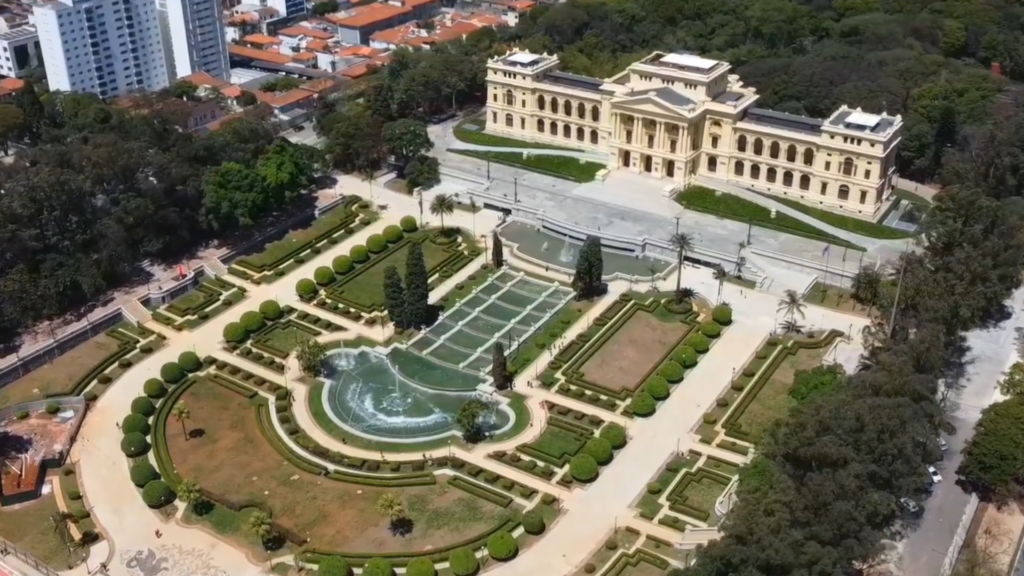
The black-tufted marmoset can also be found in other regions and parks in the city of São Paulo, such as the Interlagos region, which is located between the Billings and Guarapiranga dams and is home to a large portion of preserved vegetation.
The eastern region of the city of São Paulo is home to a grand urban park, with lots of vegetation and animals. The Tietê Ecological Park. In this park it is possible to find the black-tufted marmosets and also a slightly larger cousin, also known for being one of the most intelligent species of monkey, capable of solving problems and using tools: the capuchin monkey. Scientific name: Sapajus nigritus.
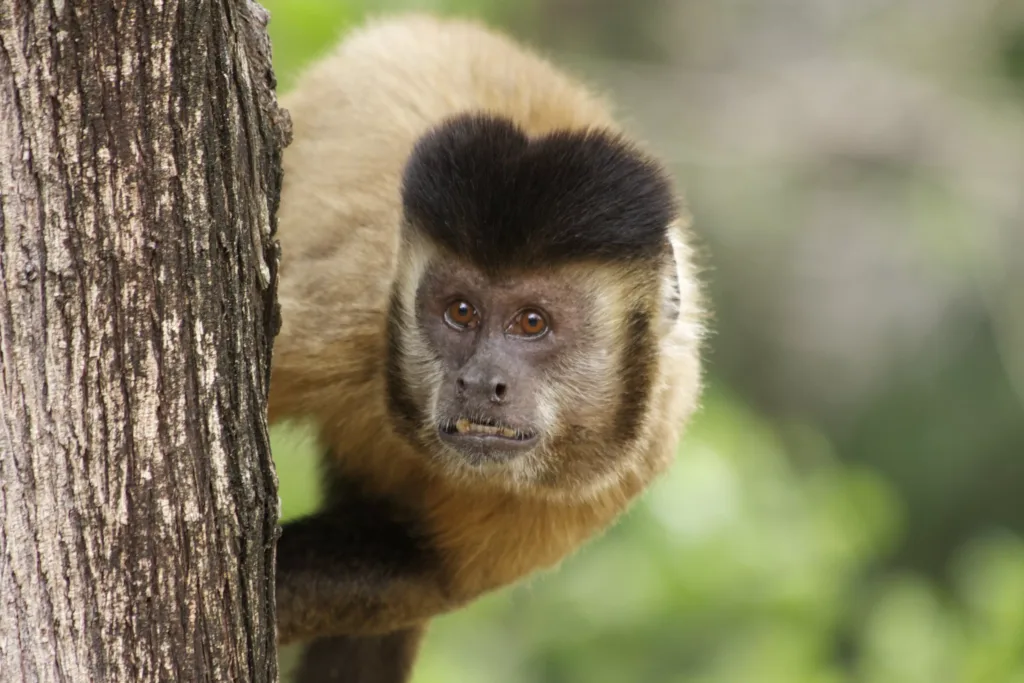
These monkeys are a little more curious and can sometimes approach visitors hoping to gain some kind of food. Smart and dexterous, it lives high up in the trees, but also frequently goes down to the ground in search of food. This species is one of the most popular in Brazil and can be found in several regions of the country. In São Paulo, these monkeys can be found in the parks of Jaraguá, Tietê and Cantareira.
In addition to urban parks, we can find other species of primates inhabiting the peripheral regions of the city of São Paulo, such as the Serra do Mar State Park. The Park is an Atlantic Forest conservation unit and is home to two of the largest species of primates in the Americas. The Southern Muriqui and the Red Howler.
In it we can also find the capuchin monkey and the black-tufted marmoset. This is a very important region for the biodiversity of São Paulo, capable of sheltering countless species of animals. When we can find these mammals in the middle of nature, this is a good sign that the region is preserved and that natural life manages to maintain itself and fully develop.
The next time you walk around, try to look for a monkey in your city. And if you like content about wild animals and their relationship with cities, leave your like and subscribe to the channel. With your help, we can tell you many cool stories.
And let us know in the comments if you’ve seen any monkeys in the city where you live. What do they do there? We really want to know your story!
Bio is life… Bio web…
#animals #urbananimals #mammals #monkeys #urbanmonkeys
Follow our Facebook page:
https://www.facebook.com/biowebtv
Subscribe our YouTube channel:
https://www.youtube.com/channel/UCsjqHSG4s4x7pIENpGpkgZA?sub_confirmation=1
See our webstories:
https://biowebtv.com/web-stories/
